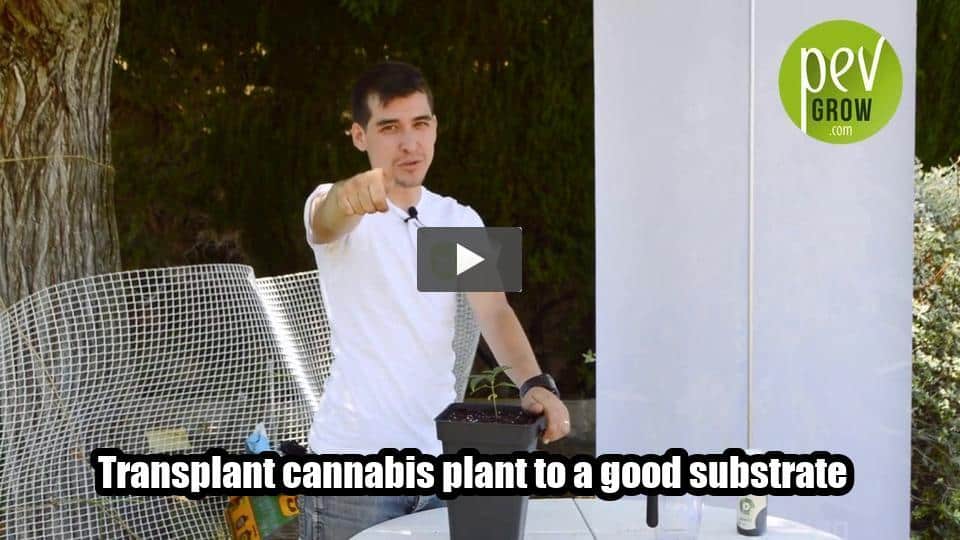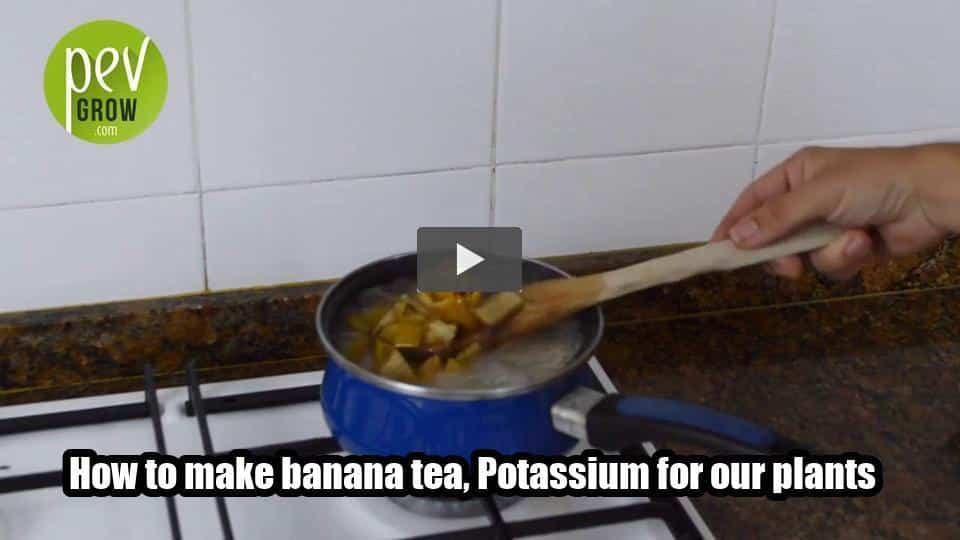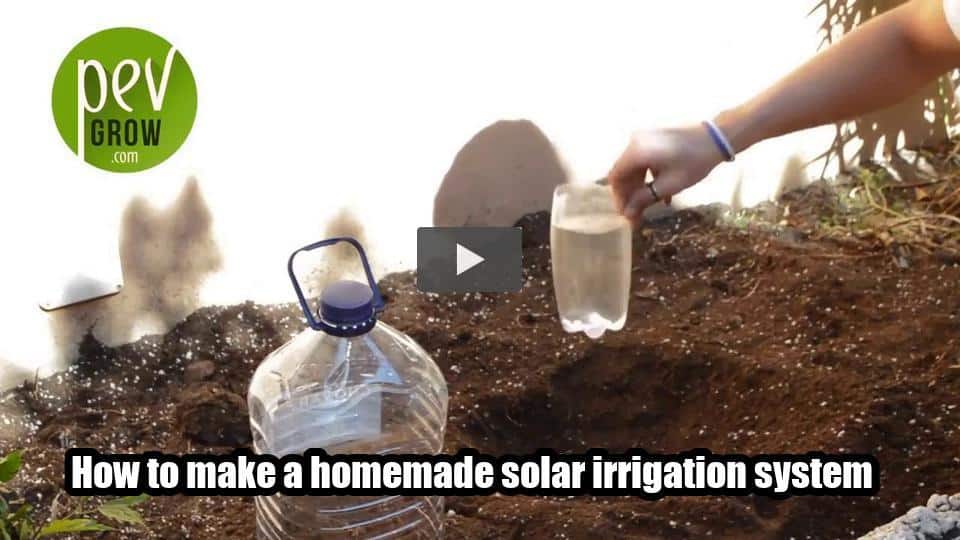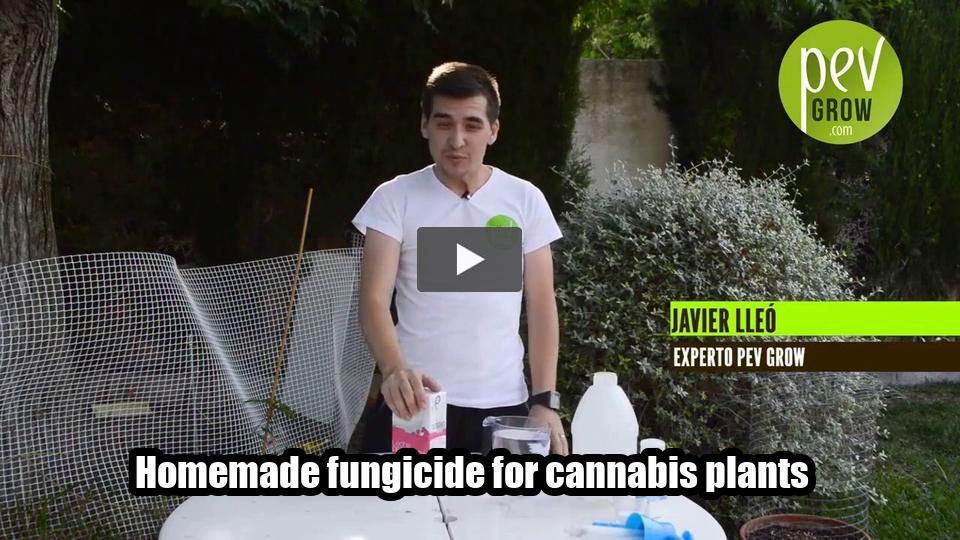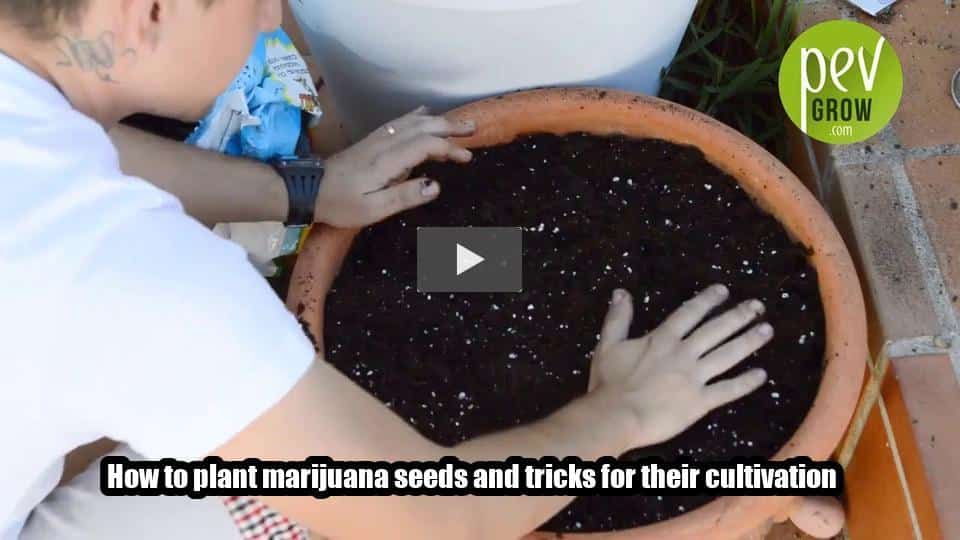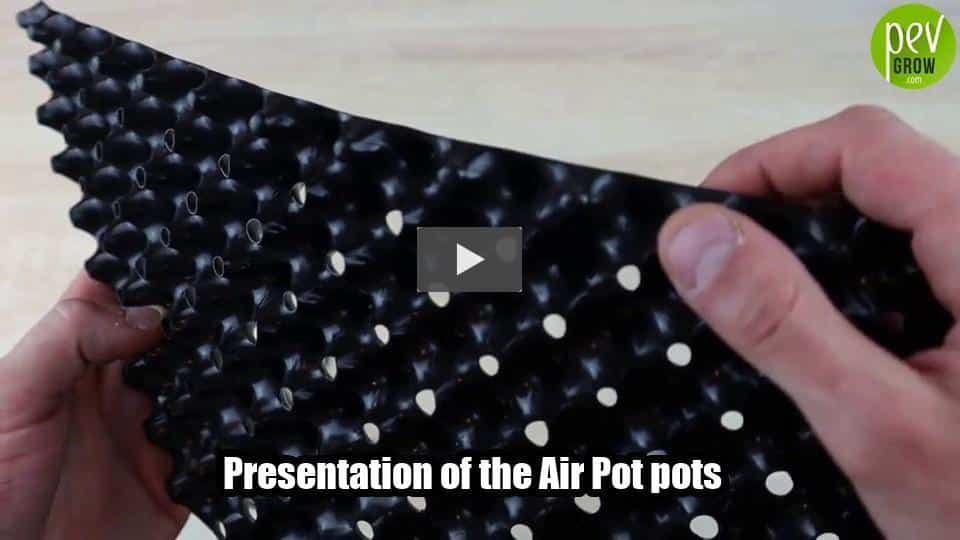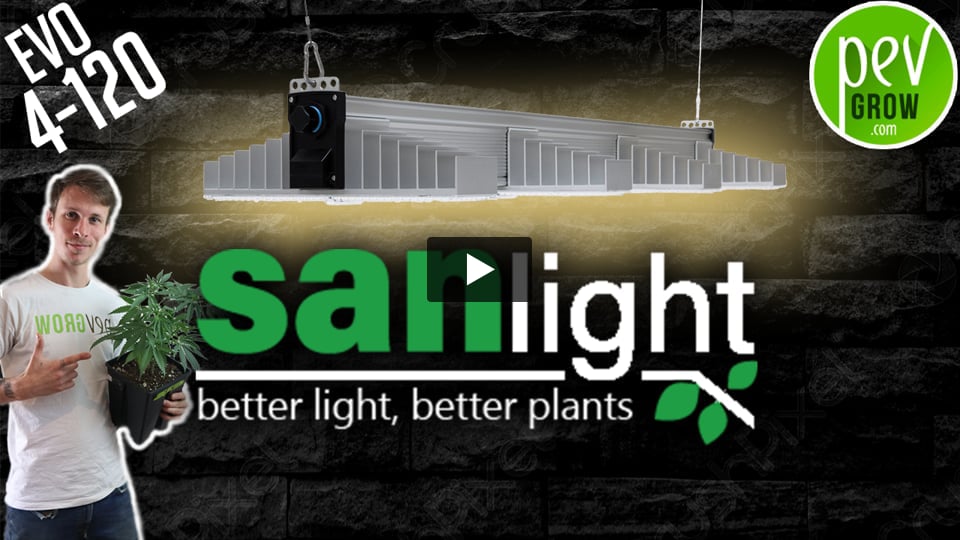
This video showcases the installation of a flowering chamber using Sanlight EVO lamps, highlighting technical specifications, Bluetooth dimming features, and optimal lamp positioning for effective cultivation.
Hello, green thumbs! Today, I bring you a short video to show you the installation of a flowering chamber. Before we start, I would like to thank Sanlight and Home Box Original for allowing me to carry out this project. They provided me with 1204 and 1206 Home Box Original boxes of 120 x 120.
In this flowering room, there will be three boxes of 120 x 120, and in the other flowering room, que también tendrá tres cajas de 120 x 120. Additionally, there will be a cultivation room with a small chamber of Play 60 and a nursery.
Here we go! I will show you a little time-lapse of the assembly of the boxes. But now, we will move on to the installation of the lamps. I will talk to you a bit more about the Sanlight EVO series.
Regarding the adjustments, they need to be set to 25 minutes, and functionality of the mechanism must be considered. In terms of height adjustment, your lamp should always be positioned 30 cm from the canopy.
Next, I will install the two Bluetooth dimmers to control the lamps on your phone via the app. I will turn off the small and compact LED panel that illuminates brightly. When I plug in the lamp, you will see that immediately, these lamps will turn on; they will only be at 50%, which is the default setting. After connecting to our app, you can increase or decrease this percentage seamlessly.
There you go! You can control each of these smart lamps separately, or you can control them all together.
As for the technical specifications, the EVO series is IP65 certified. They are equipped with weak-up assistance from Soul Semiconductor and red and far-red from Australia. Additionally, they feature completely passive cooling and come in versions suitable for each box size. As you can see, this is a full spectrum lamp with a good amount of glass, which allows for increased light penetration.
Now, here is the PPFD test. As you can see, we will have an average of 900 µmol/m²/s, which is really the maximum without adding CO2.
I hope you enjoyed this short video! If so, feel free to share it. Don’t forget to check out the Pevgrow website and join our Discord servers. We’ll see you very soon for the continuation of this project.
All right, bye!
